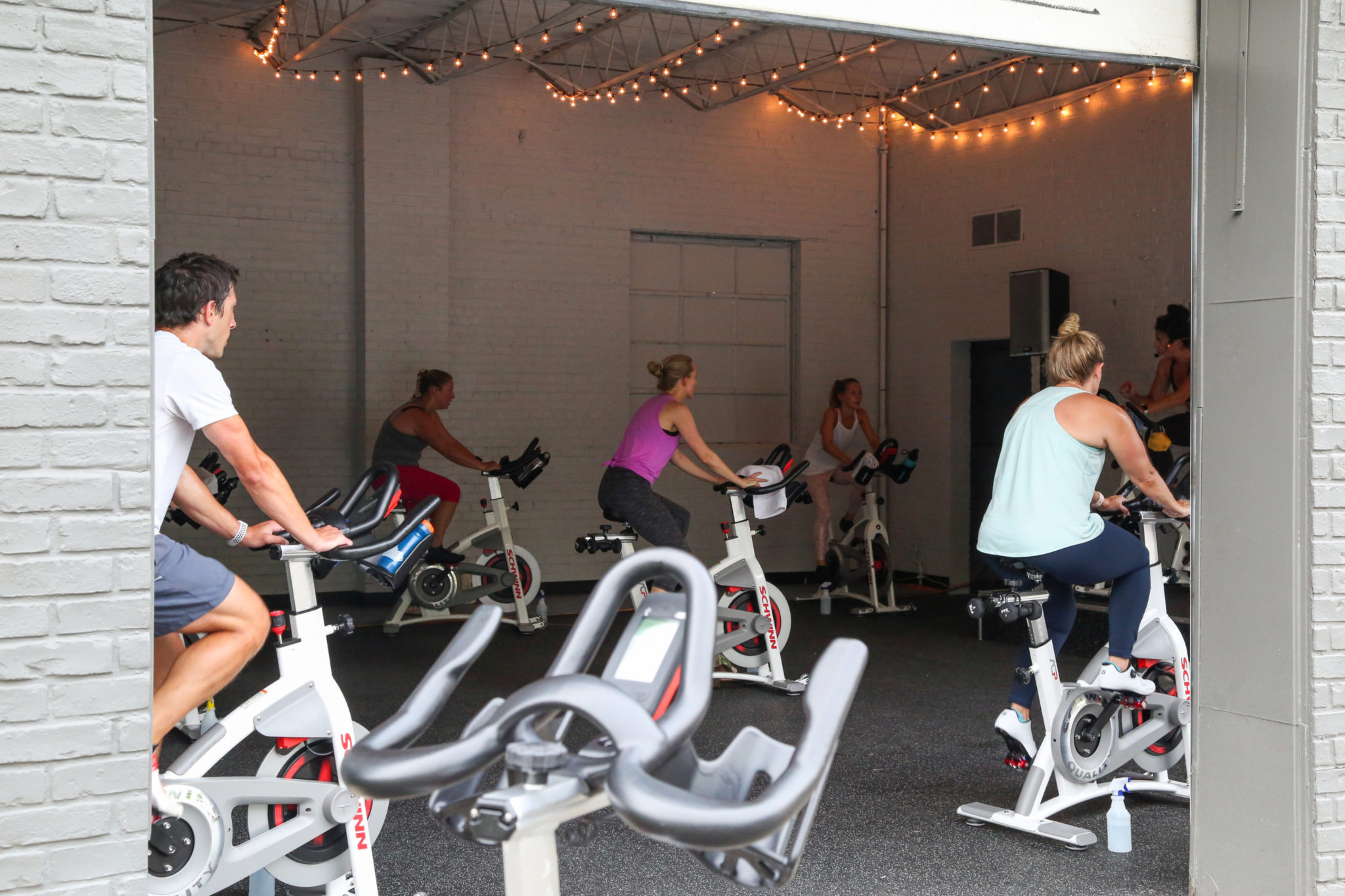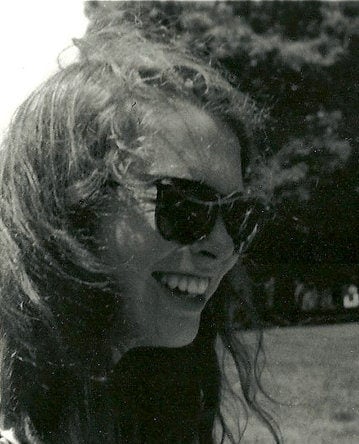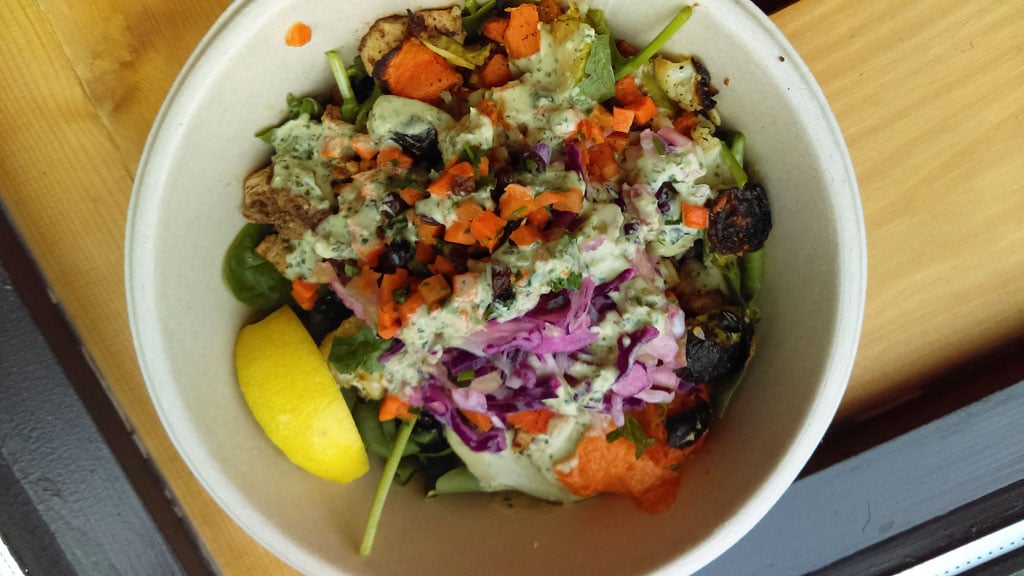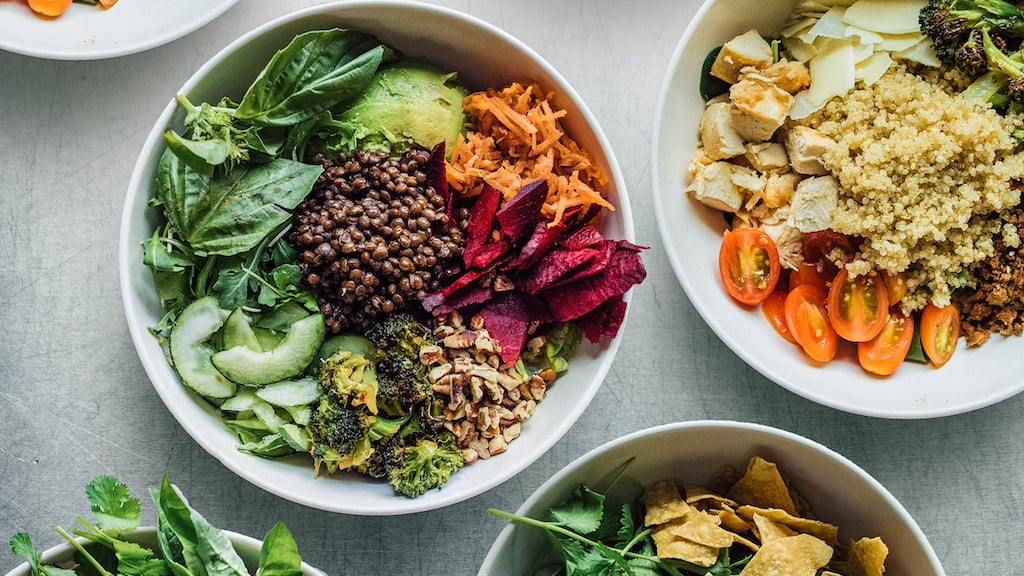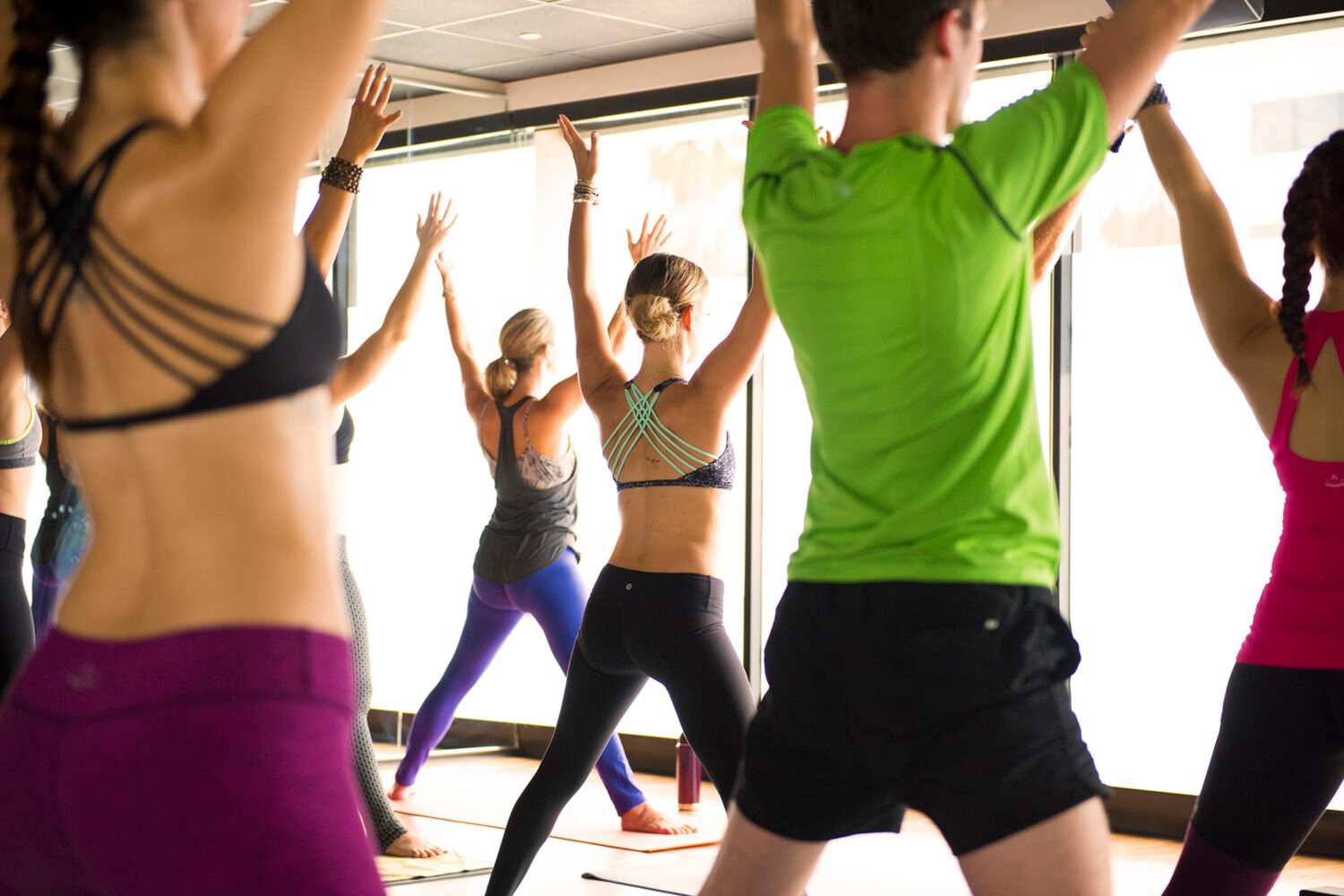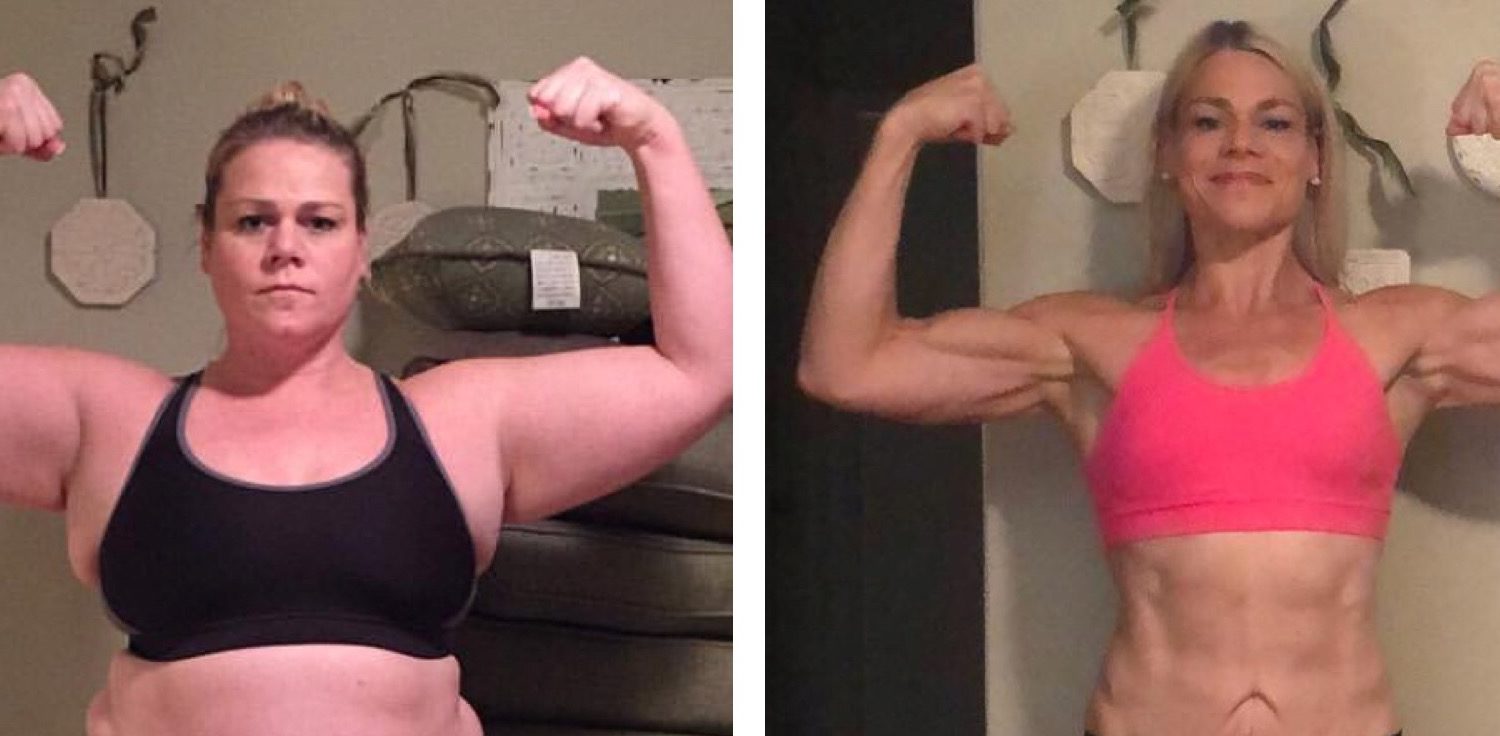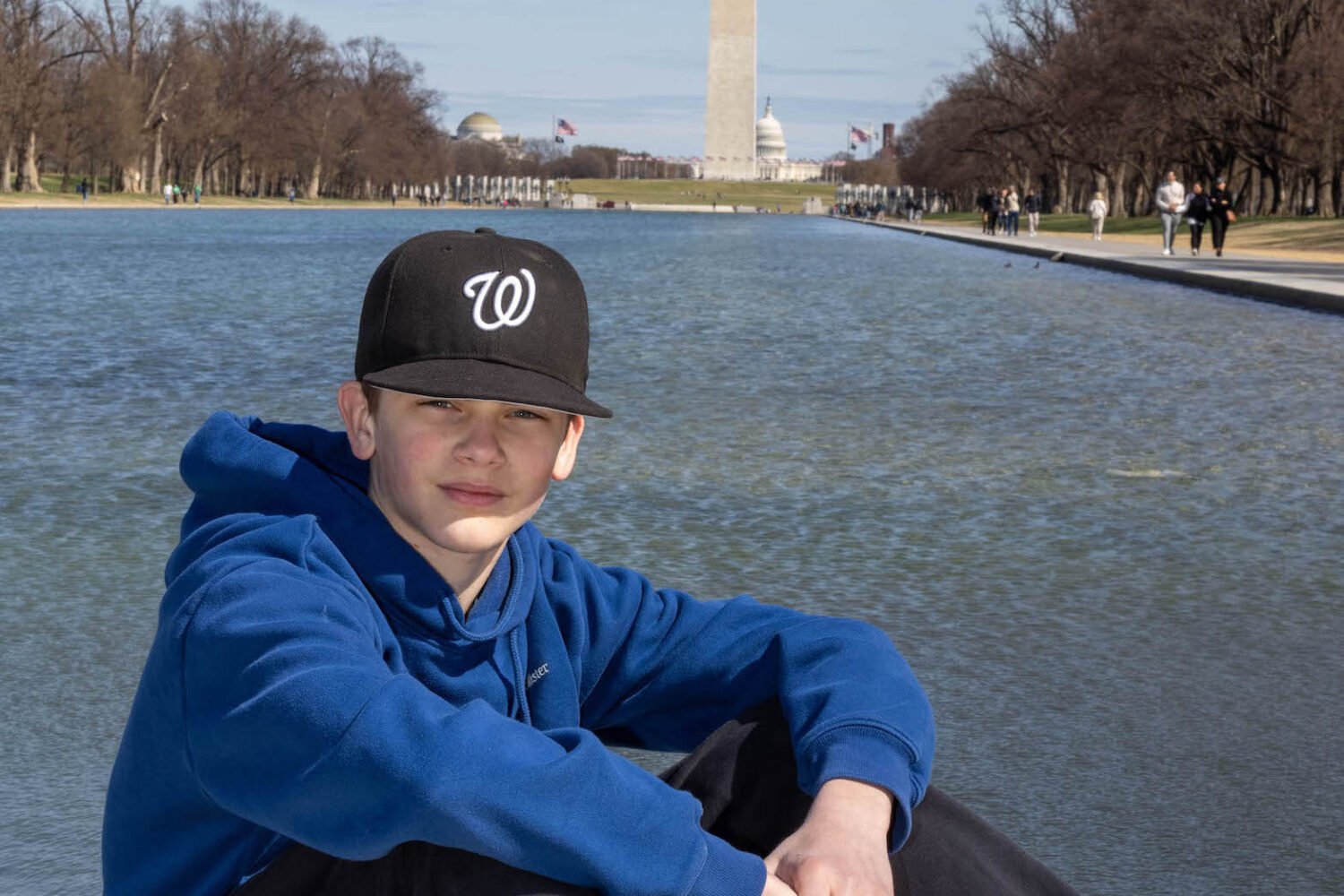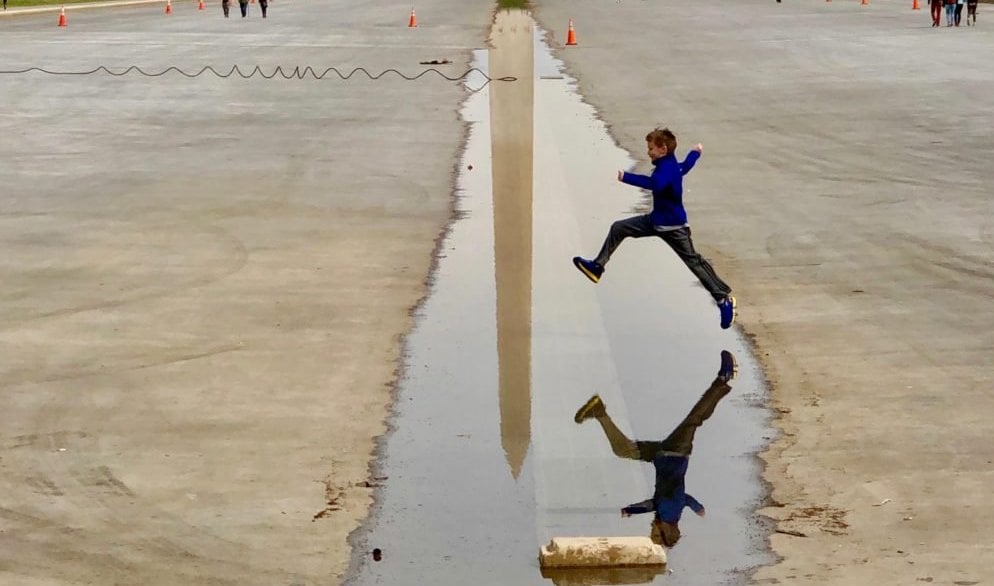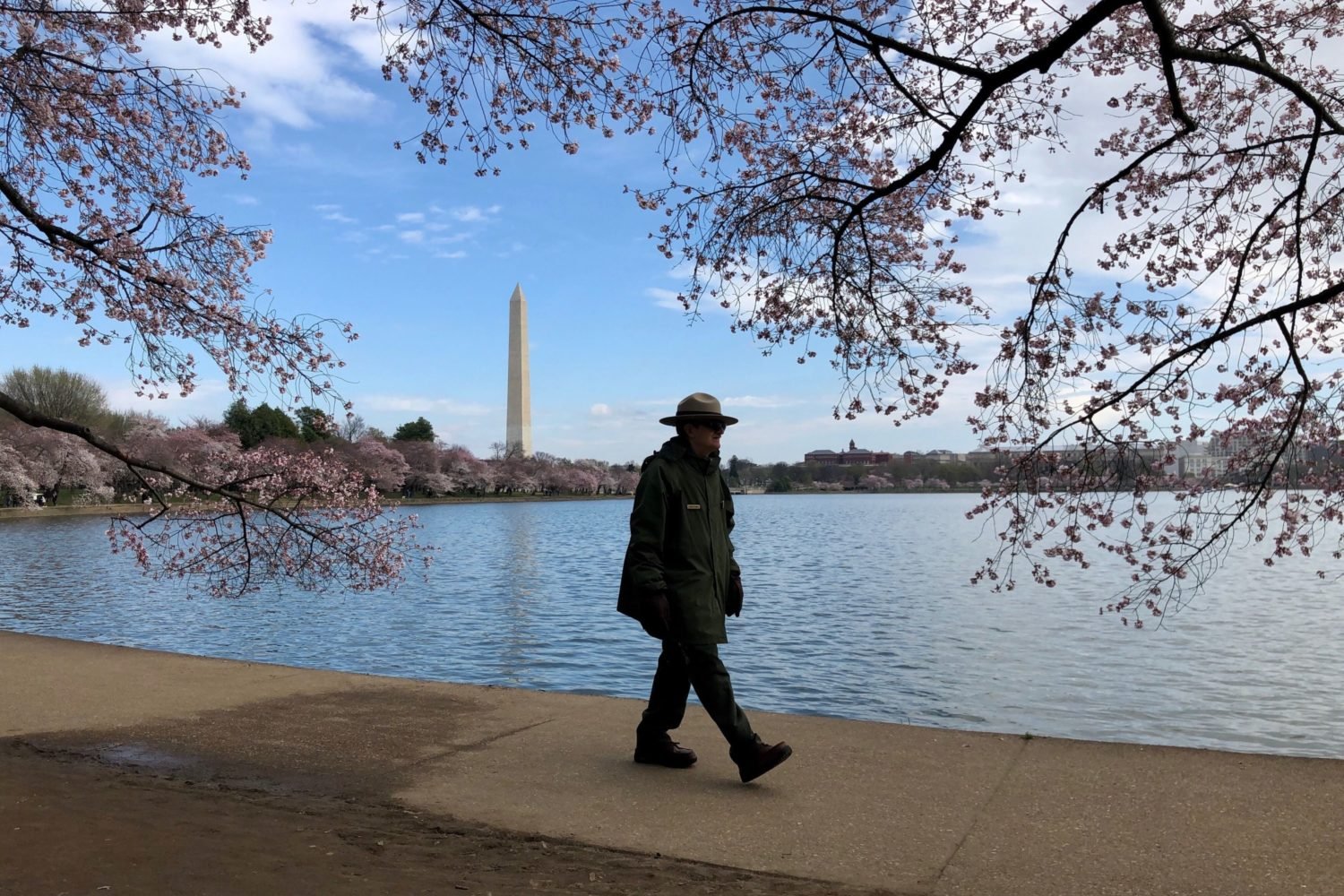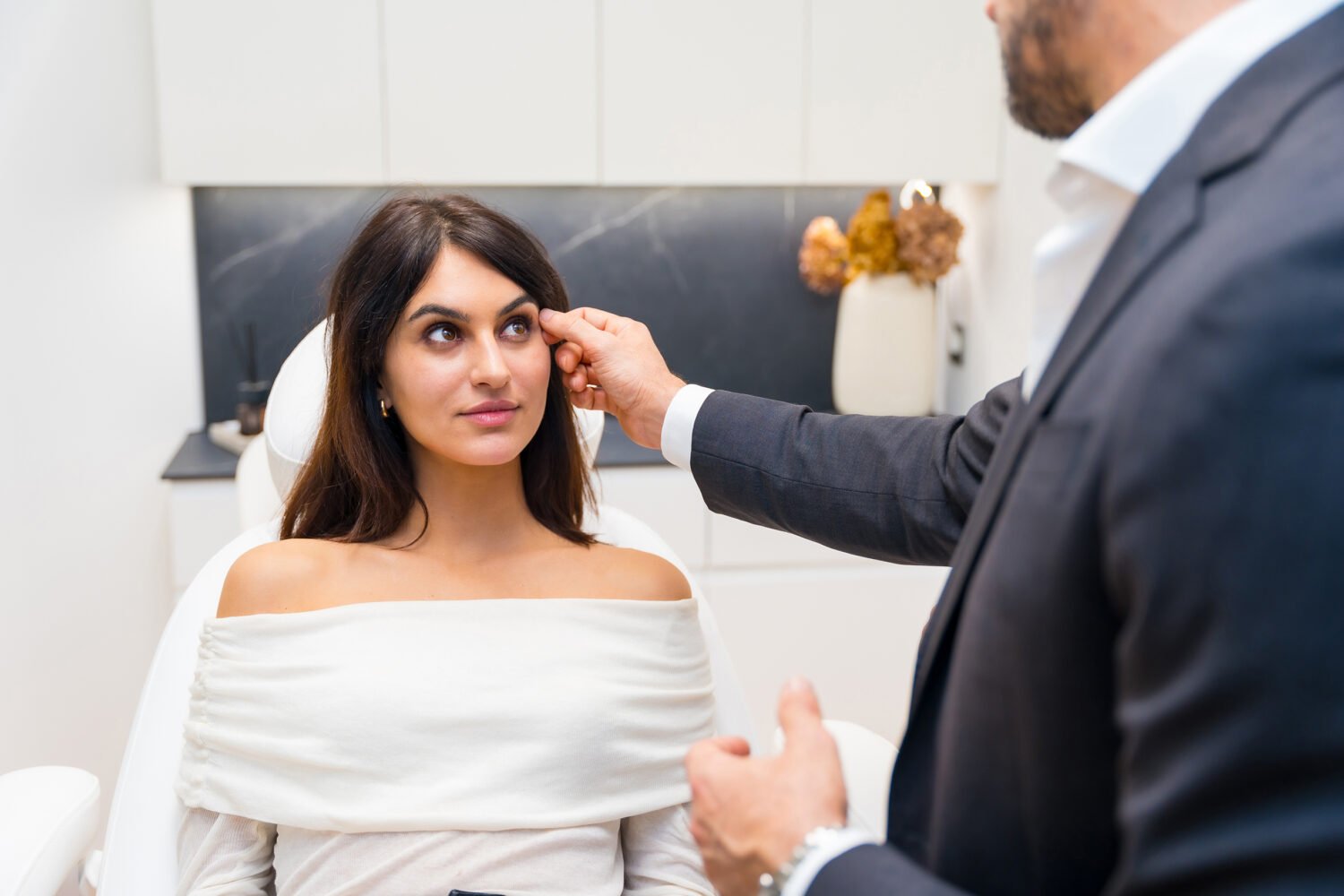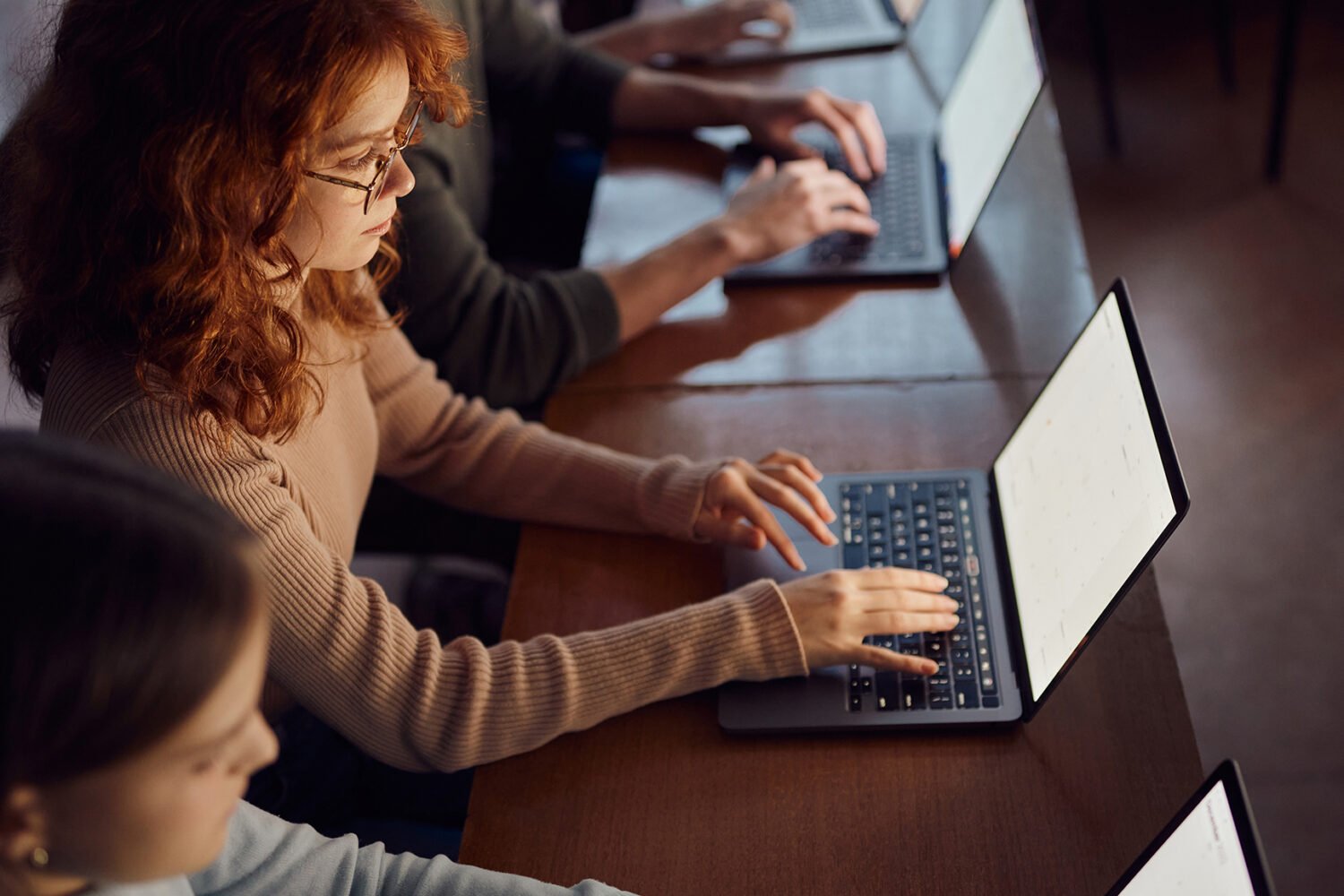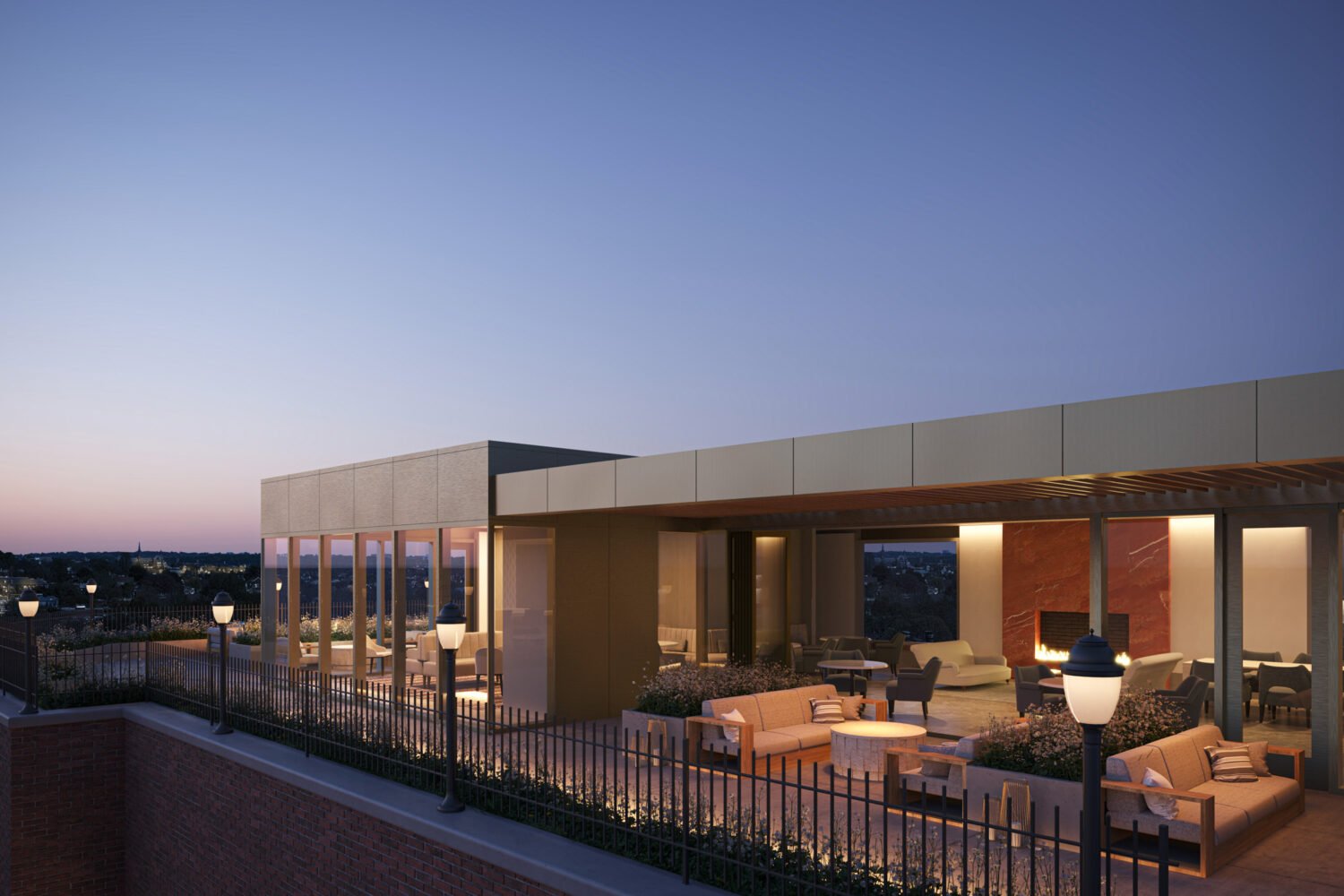About Coronavirus 2020
Washingtonian is keeping you up to date on the coronavirus around DC.
Last year was a very good one for Alyson Shade. The 36-year-old’s Capitol Hill yoga spot, Realignment Studio, was doing great: It had a consistent base of returning clients, hosted its first teacher training program, and brought in revenue of almost $400,000, which Shade says is well beyond what similar studios usually earn in a year.
“We were looking forward to 2020 being similar, and we were on track to continue that way,” says Shade. “Until obviously March changed a lot of things for us.”
By March, Shade means the Covid-19 national emergency and Mayor Muriel Bowser’s stay-at-home order. Suddenly, what was once a bustling studio was now a closed studio as Shade was forced to stream all her classes online. She managed to stay afloat for a while via virtual classes and a PPP loan, but it wasn’t enough. By the middle of the summer, the studio had lost almost half of its expected revenue, says Shade, and in September, she decided to close the studio permanently.
It’s a situation that’s played out across the country as fitness owners try to find a way to reclaim the income they made in a pre-pandemic world. Virtual classes don’t provide the same in-person experience and motivation, making it hard to retain customers, but many people don’t feel comfortable going back to small, enclosed rooms to pant and sweat alongside strangers. It’s also hard for smaller spots to compete with virtual-at-home behemoths like Peloton or Mirror, which have made bank during the pandemic.
Timothy Torres found this to be the case at the U Street barre-and-cycle spot the Dailey Method, of which he’s a franchise owner. There was too much competition in the virtual space, so Torres stopped offering online classes after a while. And even though DC gyms could technically reopen under June’s phase two guidelines, the capacity limits were such that Torres could only have four clients in a room that used to fit 25. The cost to host in-person classes wasn’t worth it, and Torres has decided to permanently close the once-healthy business on November 1.
It’s a decision he blames partly on the government’s pandemic response. Because the business was a franchise of a national brand, Torres wasn’t eligible for DC’s small business loans. And he believes the reopening guidelines were too strict. “It felt like the government, especially the local government, didn’t allow us to succeed,” says Torres. “It almost forced us to fail.”
So, what does it take for a fitness group to survive the pandemic?
If you ask Chris Perrin of the bootcamp studio Cut Seven, it’s innovation, flexibility, and a swift response. When the group temporarily closed its Rhode Island Avenue location in March, it switched to an online platform. But Perrin quickly realized that people were hungry for in-person experiences. So the team started hosting outdoor bootcamps at Garrison Elementary’s field, which provided enough room for everyone to socially distance. The workouts were such a success that Cut Seven recently opened an indoor-outdoor location in an old mechanic’s garage off 14th Street.

“We are definitely going hard one way,” says Perrin of going all-in on the outdoor model. “But I think it’s the right way. I think people want something like this.”
Because the group can store equipment in the garage at night, the open-air space feels more like a typical studio experience with kettle bells and benches—just outdoors. While the group can only safely host half the number of clients they normally would, Perrin thinks it’ll be enough to sustain them through the pandemic.
And, like many DC-area restaurants, the group is planning to heat the outdoor space this winter so customers looking for a safe option will still come out on frigid days.
“I am more confident in our ability to roll with the punches,” says Perrin of upending his entire business model in seven months. “I feel like this is the status quo. I think things can, and probably will, change again.”
It’s a bet Kat Zajac is making, too. The owner of Ascend Cycle + Strength was hosting virtual workout classes for a while, but found that it was difficult for her small group to have the resources and technology to stay competitive.
So when her landlord mentioned an empty garage down the street from her Del Ray location, Zajac decided to take a leap. The open-air Ascend Garage opened in July, with bikes spaced 10 feet apart and riders listening to the instructor and music via headphones, a la silent disco. The model has gone well: The classes are consistently full, and while Zajac says she was at 30 percent of her normal monthly income at the pandemic’s beginning, she’s now inched up to 50 percent, even with limited capacity.
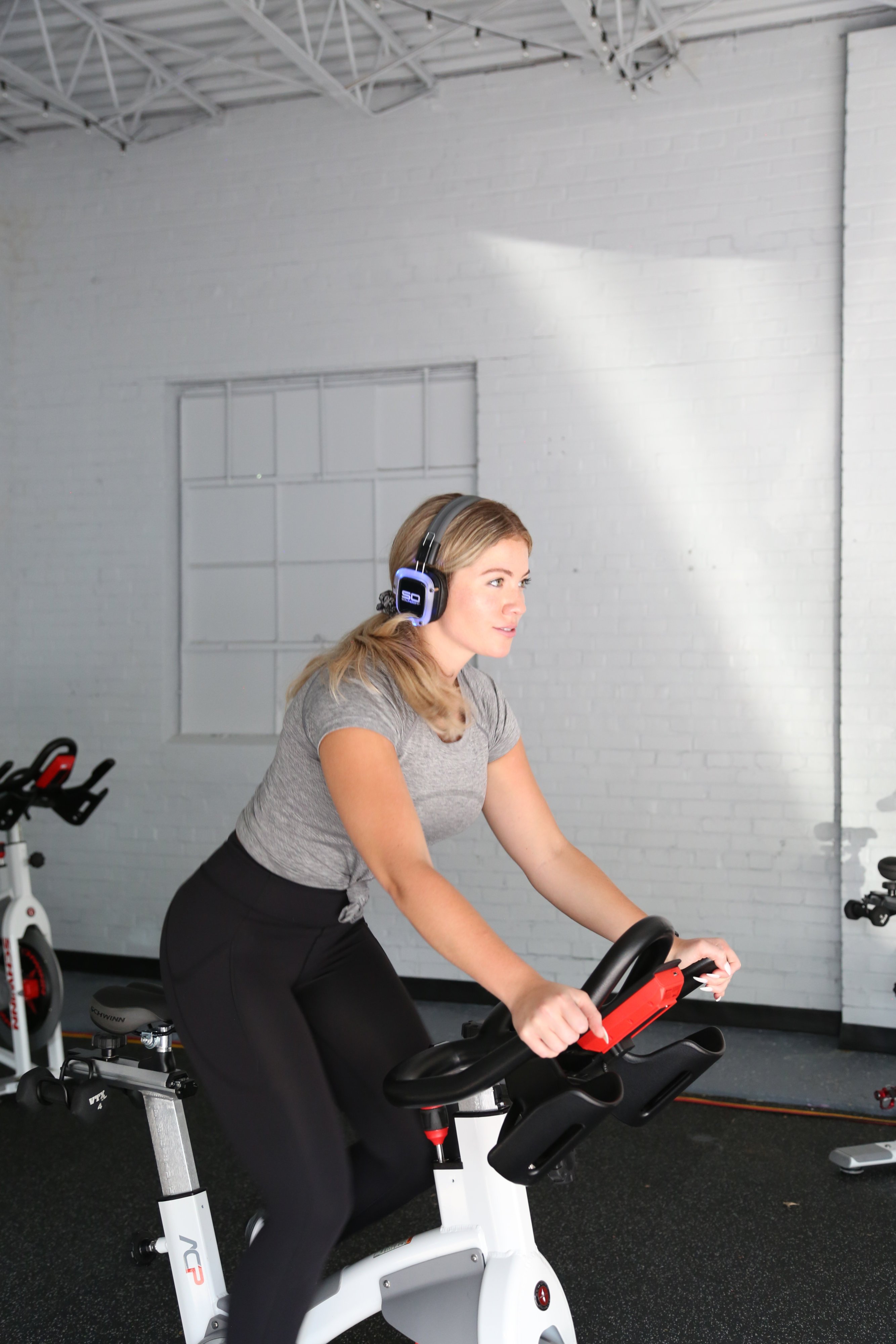
Like Perrin, Zajac’s decided to embrace the outdoor concept: She’s leaving her lease at her original indoor spot down the road and is expanding the garage to include space for strength training classes. “People are getting used to their own personal space,” she says. “I’m not sure once a vaccine is here, or when the pandemic is more under control, that people will be wanting to snuggle up to each other and sweat.”
Kendra Blackett-Dibinga has also pivoted her business model during the pandemic, but in more of a community sense. The owner of Bikram Yoga Works recently launched a campaign in the wake of protests over the killing of George Floyd, and has started hosting virtual town halls about the racial justice movement.
“We’re seeing ourselves transform into more of a community space, as opposed to just a yoga studio,” says Blackett-Dibinga, who is offering both virtual and socially distanced classes. “[Clients see it as] a place to take a pause and have insightful discussion and connect with people on a different level.”
The studio’s campaign is called “I Come to Breathe,” and was inspired after Blackett-Dibinga took her daughters to a Black Lives Matter protest. “I was looking at these people who are in the protests themselves, who were in the fight, and I’m like, well, are they taking time for self-care?,” she says. “We need to be able to be of sound mind and body to continue to fight for justice.”
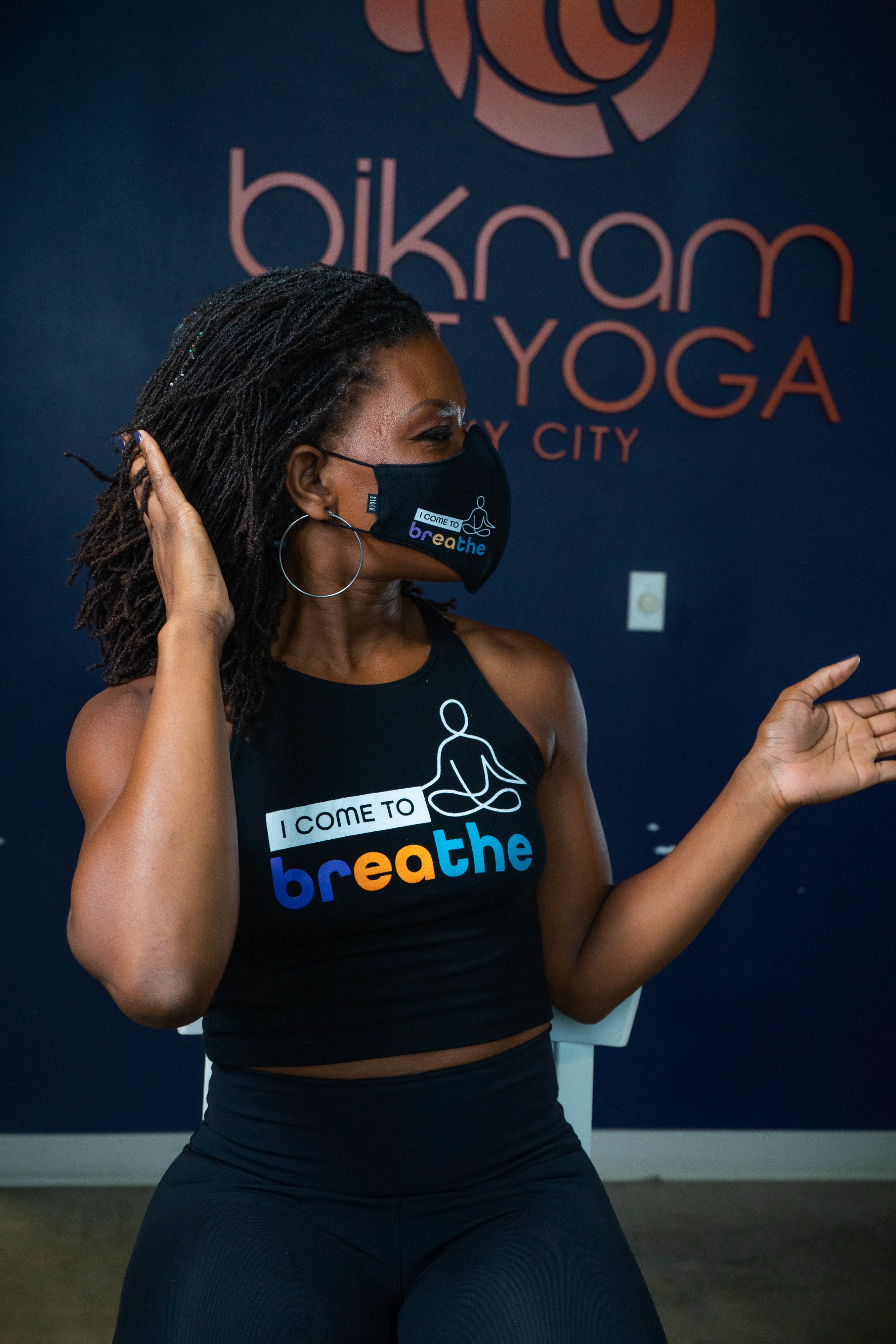
The campaign has a series of ambassadors who share free classes with their communities, emphasize self-care as a form of resistance, and elevate voices not typically heard in the often homogenous fitness world. Of course, it’s a platform for inclusivity and discussions around social and racial justice, but it’s also a way to remind folks of the importance of these wellness spaces that are taking a hit. “It’s an intentional messaging coming from our business that was impacted by the closures,” says Blackett-Dibinga. “We want to remind people that even if you can’t come into the studio environment, it doesn’t mean everything has to come to a standstill.”
Despite all this planning, these business owners know that it’s impossible to predict what’s to come. There is one thing they’re certain of, though: They need to be ready to constantly reinvent themselves in order to financially survive the pandemic.
“It’s a rude awakening when we do start to feel comfortable,” says Perrin of seeing other businesses close. “[There are] so many reminders out here right now to make you feel uncomfortable and put you back in your work mode.”
Zajac agrees. “It’s not an easy industry to be in,” she says. And that’s especially true now. “You always have to be on your toes.”

